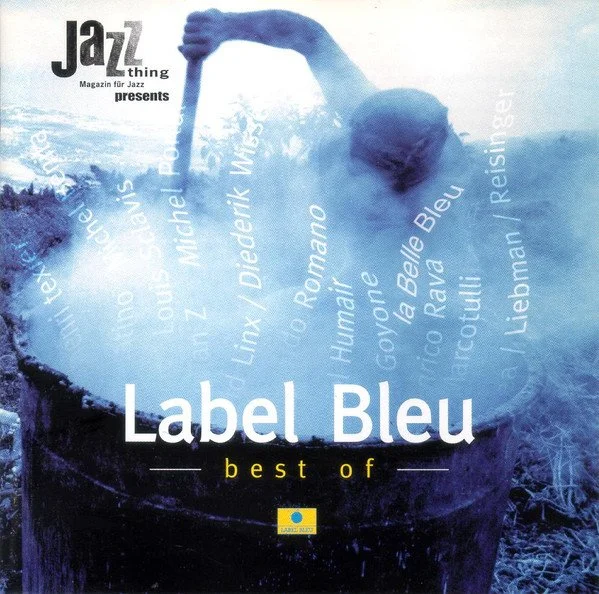The Globalization of Jazz Music
There is no debate about the quintessential American origins of jazz music, and we won’t get into a history lesson to state the obvious. But there’s been quite a bit of debate over the globalization of jazz and the legitimacy, quality and credibility of jazz produced by non-American artists. Like all art forms, music has always evolved throughout time, enriching the ears of millions of fans regardless of whether they reject (often at first) or embrace (sooner or later) the changes.
Classical music has come a long way from Gregorian Chants through Baroque music, the Classical period, the Romantic period, Contemporary, Electronic, Avant Garde and Minimalism. Similar evolutions can be seen with Rock’n Roll, Tango, Flamenco and certainly Jazz. Yet, even in the 21st Century, there remains a stubborn hesitation of whether any non-American jazz can be truly considered legitimate.
The now timeless names like Billie Holiday, Louis Armstrong, Thelonious Monk, Dave Brubeck, Ella Fitzgerald, Artie Shaw, Gil Evans, Miles Davis, John Coltrane, Chick Corea and a myriad of luminous American jazz artists are perceived by many as representing true jazz, and everything non-American as not. But the last 70 years or so seem to offer a different perspective.
Beginning in the 1950s, European artists got tired of playing second fiddle in the jazz world and began dialing up their game, perception and popularity at a global scale. One may say Romani-Frengh guitarist and composer Django Reinhardt was perhaps the first such talent to open this door, followed closely with his collaborations with French violinist, Stéphane Grappelli. Inspired by these, a number of talented European musicians jumped on the bandwagon to continue to build on the wave. Spanish pianist Tete Montoliu, Belgian sax player Bobby Jaspar and Swedish violinist Sven Asmussen were among the most notable.
A “Best of” compilation by the French Label Bleu.
This caught the attention of music entrepreneurs, who started to launch new labels to represent these artists. From Vogue and Label Bleu in France to Fresh Sound in Spain, BVHaast in Holland, Hat Hut in Switzerland SteepleChase in Denmark and a number of German ones including PMS, Enja and the notorious ECM, which eventually even came to represent represent American artists such as Pat Metheney at later stages.
This movement paved the way for a new, refreshed jazz sound, often referred to as Nouvelles Musiques Improviseés, which gained popularity in the 1970s, which was characterized by European influences that made the sub-genre its very own. Eventually, many of these musicians pioneered what became the Jazz Rock movement. British guitarist John McLaughlin and his Mahavishnu Orchestra gained global recognition and fame, collaborating with the likes of Carlos Santana. Austrian Josef Zawinul launched Return to Forever, including superstar bassist Jaco Pastorius, among others. French violinist, Jean Luc Ponty, with his electric violin became a major influence and had a very successful solo career, including collaborations with avant garde rocker, Frank Zappa.
European jazz musicians were now injecting innovation and further popularity into an American art form they had managed to make their own too. This was the beginning of the globalization of jazz, not so much from an audience point of view but from an artist point of view. Other international artists, some of which had been integrating jazz into their local genres creating jazz fusion, started to gain global popularity. Such is the case of Afro-cuban, bossa nova, flamenco jazz and even tango jazz, some of which seduced even major American artists like Stan Getz to produce some of their most popular work by joining the jazz fusion wave.
Fast forward to today and we find a global jazz scene that has come a long way from its American roots to make Europe and Japan some of the regions where jazz is the most played, taught and listened to, rivaling the popularity it enjoys in the United States. The issue is not that other cultures have tried to appropriate jazz. It is more of a celebration of a purely American art form having gained a much deserved respect, admiration and embracement from all corners of the world.


